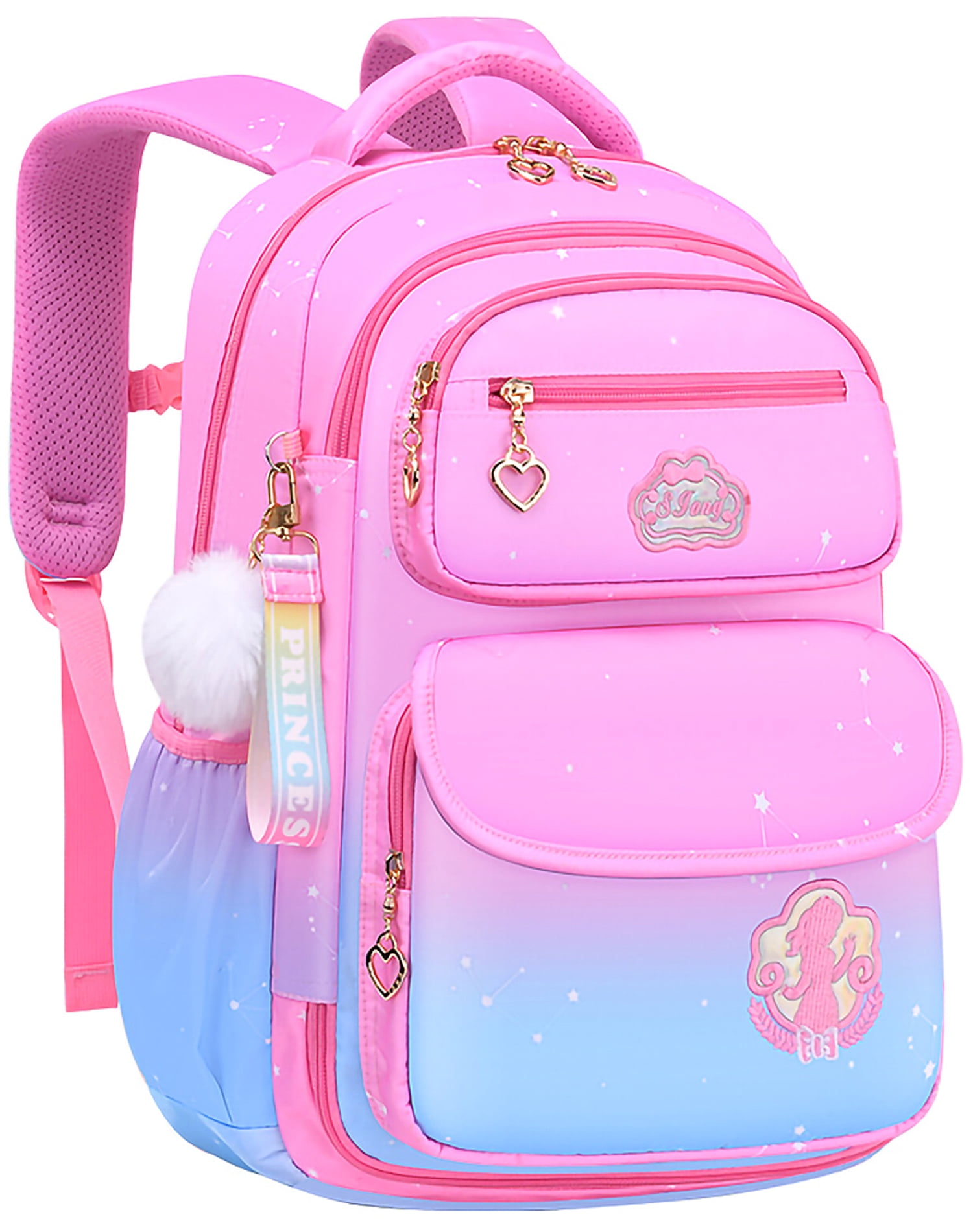Ultimate Guide to Choosing the Perfect School Backpack for Your Child
Hello, awesome parents! Welcome to your go-to guide on picking the perfect school backpack for your *star student*! With a new school year just around the corner, or perhaps already in swing, you know it’s time to tackle the task of finding that ideal backpack that checks all the boxes: comfort, durability, and a dash of cool factor. Don’t fret! We’re here to make this process as easy as a-b-c. So get ready to earn some major cool points with your kiddo!
Why the Right Backpack Matters
Before we dive into the nitty-gritty of styles and pockets, let’s talk about why choosing the right backpack is so important. It’s not just a matter of carrying books and pencils—your child’s backpack is a daily companion that affects their physical health and well-being. A poorly designed backpack can lead to back pain, shoulder strain, and even posture problems. Plus, it’s a reflection of your child’s personality and interests, so finding one that they feel good about is key to their confidence and school enjoyment!
Finding the Right Fit
Fit comes first! An ill-fitting backpack can cause discomfort or worse, health issues. That’s why it’s essential to find a backpack that’s proportional to your child’s size. The bottom of the backpack should align with the curve of the lower back, and never more than four inches below the waistline. Adjustable, padded shoulder straps are a must to ensure that the weight is evenly distributed. And don’t forget a sternum strap or waist belt for extra support if your child is hauling a heavier load.
Durability is Key
No one wants a backpack that falls apart mid-year. That’s why durability is key to making the smart choice. Look for quality materials like high-density nylon or polyester, and features like reinforced bottoms and heavy-duty zippers. Durably-made backpacks might cost a bit more upfront, but they’re an investment that can stand up to the rigors of a busy school year (and beyond).
Compartment Confessions: Organizing with Ease
Let’s talk compartments! A good backpack should have just enough pockets to keep things organized without causing a wild scavenger hunt for that elusive pen or eraser. Main compartments are a must for books and larger items, while small to medium pockets can house school supplies and personal items. And for those tech-savvy kids, a protective sleeve for laptops or tablets can be a real electronic lifesaver.
Stay tuned right here for more insights and tips as we continue to explore the wondrous world of school backpacks! We’ll delve into style choices, special features, ergonomic wisdom, and even how to maintain that sparkly new backpack throughout the school year. Because let’s face it, picking the perfect backpack might just be the secret weapon in making this year the best one yet for your little learner!
Join us as we carry on unraveling the mystery of finding the utterly perfect school companion for your child. Remember, the right backpack can really make all the difference in your child’s school day, setting them up for success and comfort. And isn’t that what every parent wants for their bright young scholar? The journey continues, so buckle up your hypothetical backpack straps—we’ve got more useful tips coming your way!

5 Essential Tips for Parents Preparing for School Backpacks
1. Ergonomic Design is a Must-Have
When it’s time to pick a backpack, think of your child’s spine. An ergonomic design with padded back support will cradle the contours of their back, distributing the weight evenly and promoting good posture. Seek out options that offer adjustable features which can grow with your child and continue to provide support throughout the year.
2. Lighten the Load
While backpacks can come with all the bells and whistles, remember they shouldn’t become a portable locker. Encourage your child to bring home only the essentials to reduce strain on their shoulders and back. A lighter backpack is a happy backpack, and also decreases the risk of injury from overpacking.
3. Reflective Elements for Safety
Safety doesn’t stop at the school doors. If your child walks to school or waits for the bus during the early hours or late afternoons, a backpack with reflective strips can be a literal lifesaver. These bright details catch the light from car headlights, making your child more visible and safe as they travel.
4. Waterproofing and Easy-to-Clean Materials
Accidents happen, and so do rainstorms. Look for backpacks made from waterproof or water-resistant materials to protect homework and library books from the elements. Additionally, choose a backpack with easy-to-clean surfaces which can save you from a headache when spills or mud find their way onto your child’s school gear.
5. Personalization for a Sense of Ownership
Involve your child in the backpack selection process. Allowing them to choose a style or pattern that speaks to them can instill a sense of pride and ownership—which translates to better care of the backpack, and its contents. Many backpacks offer customizable features like monogramming, interchangeable patches, or keychains that let your kid’s personality shine.
Don’t just think of a backpack as a simple utility item; it’s an extension of your child’s school experience. It should stand out in the hallway and support their health, carrying them through a successful and happy academic year. So, take a deep breath, parent-friend, and enjoy this very special part of back-to-school shopping. By keeping these five tips in mind, you’ll be well on your way to finding that perfect pack that pleases both your parental practicality and your child’s personal pizzazz!
And remember to check back soon for our next installment where we will cover additional neat tricks and tips to keep that backpack in tip-top shape all school year long. After all, who says you can’t mix a little fun with function? Hint: not us—we’re all about the joy in the journey to school success!
For more great articles please see here. For more information see here
Disclaimer
The articles available via our website provide general information only and we strongly urge readers to exercise caution and conduct their own thorough research and fact-checking. The information presented should not be taken as absolute truth, and, to the maximum extent permitted by law, we will not be held liable for any inaccuracies or errors in the content. It is essential for individuals to independently verify and validate the information before making any decisions or taking any actions based on the articles.




